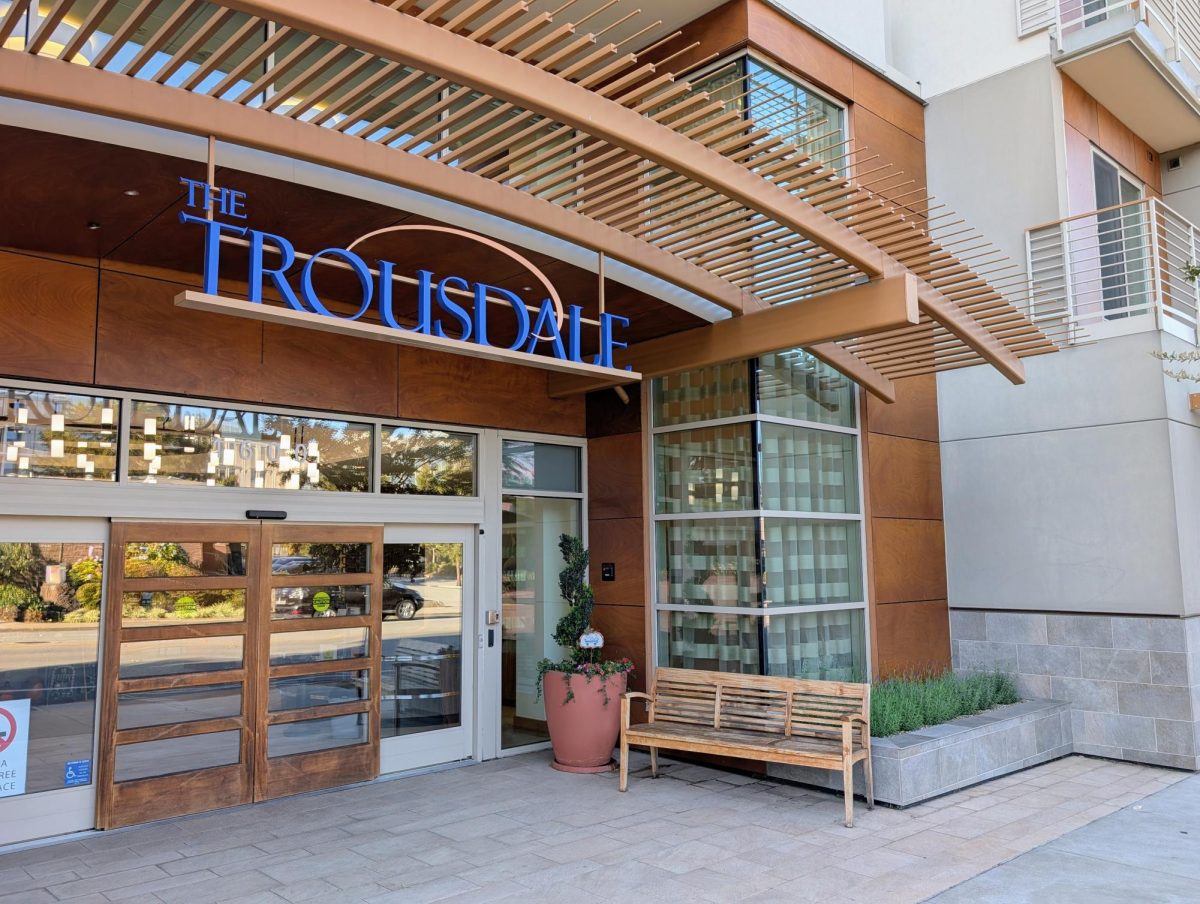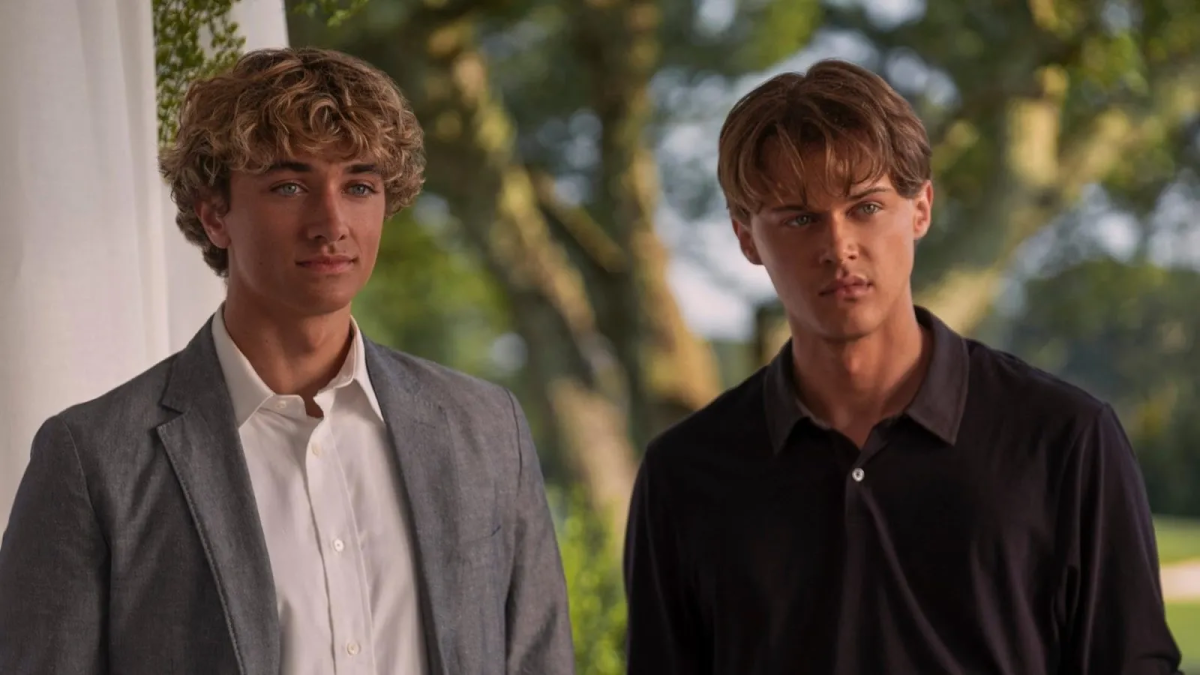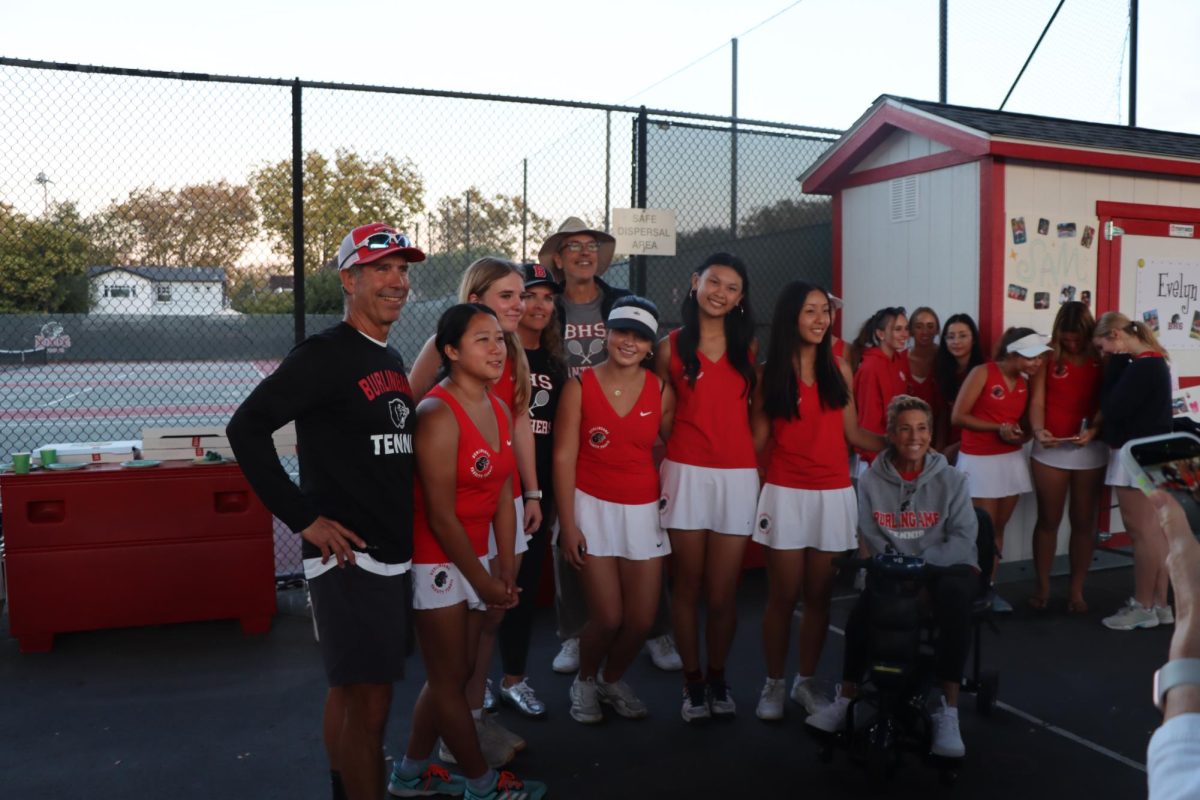As electric bikes become more popular in Burlingame, concerns about pedestrian and cyclist safety are prompting the city to explore new regulations for high-speed e-bikes.
During a Burlingame City Council meeting on Oct. 7, council members proposed an amendment to clarify distinctions between e-bike classes, limiting Class 1 e-bikes to a top speed of 20 mph. This plan also introduced a program to widen paths and trails throughout the city, aiming to better separate pedestrians and cyclists in public spaces.
Over the summer, crowded areas like Washington Park and Burlingame Avenue saw a rise in complaints from concerned citizens, according to Parks and Recreation Director Margaret Glomstad, who noted increasing issues with youth and reckless e-bike riding.
“There’s been concern about youth riding bikes without helmets or not obeying the traffic laws, and there were quite a few close calls — in particular in Washington Park between either dogs, seniors, or children and e-bikes that were zipping through the park,” Glomstad said.
California law divides e-bikes into three classes: Class 1 provides motor assistance only while pedaling, capped at 20 mph; Class 2 includes pedal-assist and throttle, also capped at 20 mph; and Class 3 allows speeds up to 28 mph.
With these distinctions, the Burlingame City Council has been navigating the complexities of e-bike regulation. Initially, they imposed restrictions on e-bikes in all public areas where pedestrians walk, including the Bay Trail. However, after feedback from the biking community, the council revised the limits to apply only to public parks, exempting the Bay Trail.
Burlingame Council member Michael Brownrigg highlights the importance of public opinion in shaping safety policies for youth on e-bikes.
“Our police chief has been starting to meet with school officials [to] try to encourage young people to understand that if you hit something, you could kill yourself, so this is an education campaign,” Brownrigg said.
According to a public comment during the city council meeting, over the past dozen years in San Mateo County, 12 people have died, and roughly 1,277 have been injured, with 24% involving cyclists, excluding close calls that go unreported. Burlingame already has laws in place to ensure safety in public parks, like Burlingame Municipal Code 13.52.180, which requires riders to yield to pedestrians and follow all park rules and posted signage. However, Washington Park lacks posted speed limit signs at its entrances.
“I definitely think we need to do a better job with signage. The reality is that our rules did not address e-bikes and parks. In other words, because we didn’t address it, the understanding is you’re allowed to do it,” Brownrigg said.
Freshman August Evans expressed concerns that e-bikes are often unfairly blamed for accidents, with the community focusing more on banning them rather than emphasizing safety education and road rules.
“I think [accidents] are kind of a major thing. I don’t want anything to happen to me, so I always make sure I can stay safe,” Evans said. “I feel like kids on e-bikes aren’t responsible for a whole lot of accidents, I feel like those very few cases get really highlighted.”
Evans and freshman Jackson Audant, who both use their e-bikes as daily modes of transportation, said that potential restrictions would significantly impact their day-to-day mobility.
“I think [e-bikes] have become a big part of our lives. Taking them away would just make our lives harder,” Audant said.



































